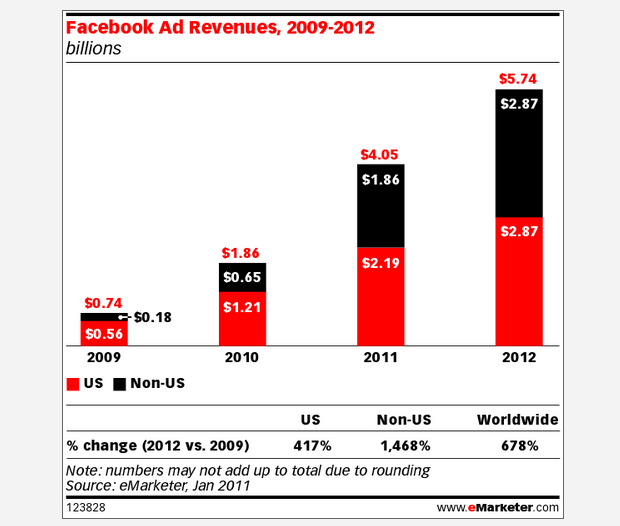For any small business, gaining more attention for your brand is always going to be of the utmost importance. There are numerous PR tactics you can use to get your name out there, but one of the most popular and proven methods is to hold a contest.
Truth be told, the prize offered really isn’t what is of interest to most people that will enter. If the contest is set up to be fun and entertaining, you may even have people enter that have no real interest in the prize at all.
As an example, we can look to the Royal Society of Chemistry. They held a contest to see if anyone would be able to solve the ending to the 1969 film The Italian Job. The contest received more than 2,000 entries and best of all, the public and the media loved the idea and the way the contest was set up. A contest like this not only gets you immediate public attention, but the resulting buzz over it can lead to free publicity for up to 4-6 months.
If you are thinking of holding your own contest, there are a few basic rules you might want to stick to when putting it all together.
- Make sure your prize is relevant to the times. More than that, make sure it is somehow tied to your industry, even if it is nothing more than a discount on your products or services.
- Use social media as well as traditional print outlets to get the word out. Mixing up your approach here will increase the number of entrants as well as the amount of exposure you’ll get.
- Try to make it interactive. Social media is great for this. People can feed off of one another’s comments in Facebook to really generate conversation over your idea.
Whatever sort of contest you choose, make sure you stay involved with it until the planned deadline. Make sure you already have the prizes to give away well in advance of the deadline and enjoy the exposure of it all. Along the way, take notes as to how the process could be improved in the event you hold another contest in the future.




